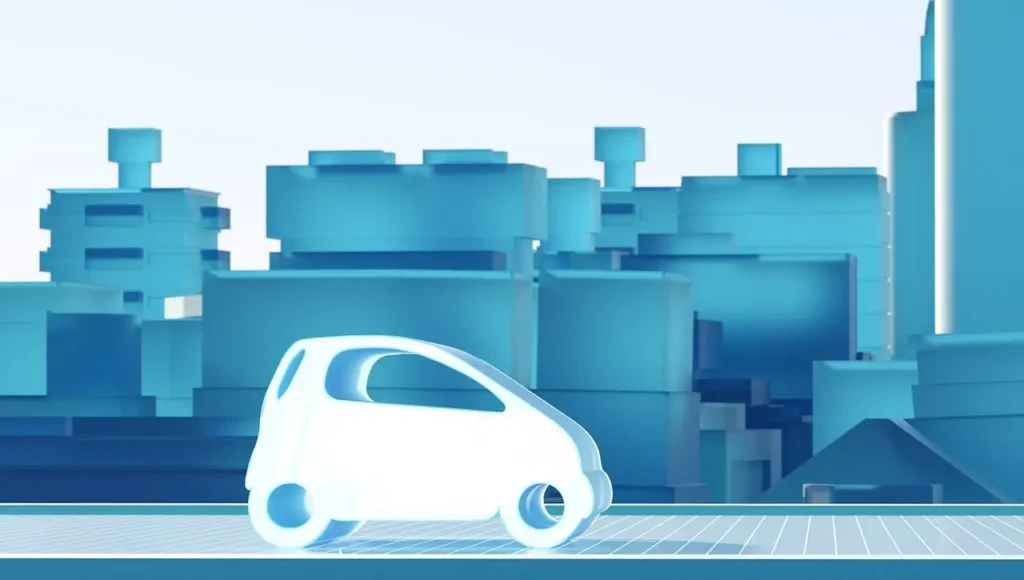The Government of India has unveiled its Automotive Mission Plan 2047 (AMP 2047)—an ambitious, multi-decade strategy aimed at positioning India among the world’s top automotive manufacturing and innovation hubs. This initiative builds on the achievements of the Automotive Mission Plan 2026, but with a significantly expanded scope to align with India’s Viksit Bharat vision.

The Vision
AMP 2047 seeks to transform the Indian automotive sector into:
- A global manufacturing leader in conventional, electric, and future mobility solutions.
- A key innovation hub for research in green technology, hydrogen fuel cells, autonomous driving, and connected mobility.
- A sustainable industry with sharply reduced emissions and circular economy practices.
The mission outlines three critical milestones:
- 2030 – Achieve dominance in select global markets, strengthen supply chains, and accelerate EV penetration.
- 2037 – Establish leadership in advanced mobility technologies and integrated transport ecosystems.
- 2047 – Position India as a top-three global automotive player by volume, value, and innovation.
Key Pillars of AMP 2047
1. Policy and Regulatory Reforms
The government will introduce predictable, stable policies for investors and manufacturers. These include:
- Streamlined GST structures for automotive and EVs.
- Incentives for exports under the Production Linked Incentive (PLI) scheme.
- Long-term roadmaps for emission norms beyond Bharat Stage (BS-VI).
2. Electric & Future Mobility
The plan prioritises:
- Scaling up EV infrastructure to 5 million charging points by 2040.
- Driving domestic battery manufacturing to cut import dependency.
- Encouraging hydrogen and hybrid vehicles as part of a diversified mobility portfolio.
3. Supply Chain Strengthening
With rising geopolitical tensions, AMP 2047 aims to make India a global alternative to China for auto components. This will involve:
- Modernising MSME suppliers with Industry 4.0 technologies.
- Attracting FDI in precision engineering and materials.
- Increasing localisation levels to over 85% for most vehicle categories.
4. Sustainability Goals
Sustainability is central to AMP 2047, with targets to:
- Reduce the sector’s carbon footprint by 50% by 2040.
- Promote vehicle recycling and reuse of materials.
- Shift 75% of urban public transport fleets to zero-emission vehicles by 2047.
Industry Impact
According to government estimates, the Indian automotive sector could:
- Grow from ₹12 lakh crore ($144 billion) in 2024 to over ₹40 lakh crore ($480 billion) by 2047.
- Create 50 million direct and indirect jobs.
- Increase export earnings to $200 billion annually by 2047.
Global Positioning
India is already the world’s third-largest automobile market by volume. AMP 2047 is designed to help the country:
- Compete with Japan, Germany, and South Korea in technology leadership.
- Lead in affordable electric mobility solutions for developing nations.
- Serve as a major R&D base for global automakers.
Investment Opportunities
AMP 2047 could benefit several listed companies, including:
- Tata Motors, Mahindra & Mahindra, and Maruti Suzuki – expansion into EVs and global exports.
- Bharat Forge, Motherson Sumi, and Sundram Fasteners – component exports and localisation gains.
- Exide Industries and Amara Raja – domestic battery manufacturing.
- Ashok Leyland and Eicher Motors – clean public transport solutions.
For long-term investors, AMP 2047 signals multi-decade growth potential in EVs, components, green technologies, and logistics.
Challenges Ahead
While the vision is bold, execution will require:
- Coordinated policy between central and state governments.
- Large-scale skilling programs for EV and hydrogen tech.
- Managing global trade risks, including tariffs and supply disruptions.
Conclusion
AMP 2047 is more than an industrial policy—it’s a national economic transformation blueprint. If executed effectively, it can make India not just a participant, but a leader in the global mobility revolution, shaping the cars, buses, and trucks that will run the world’s roads in the next quarter-century.

Those are yours alright! . We at least need to get these people stealing images to start blogging! They probably just did a image search and grabbed them. They look good though!